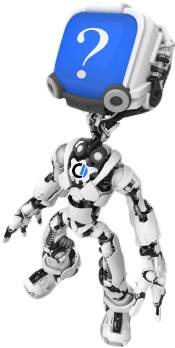GenAI

Short for generative artificial intelligence, GenAI is a branch of AI (artificial intelligence) that focuses on constructing various types of data when prompted by users. GenAI produces data models based on the patterns and structure of the data fed to it. It then utilizes those models to output new but similar text, images, and other types of data when users ask for help by entering queries and parameters.
AI requires a lot of computing power, which is often provided by computers located in data centers. GenAI is different in that it can run on a home computer, smartphone, or tablet, as it has lower hardware requirements and uses less power.
Examples of GenAI applications
Below are some popular examples where GenAI is used.
- Adobe Firefly
- DALL-E
- ChatGPT
- GitHub Copilot
- Google Gemini (formerly named Bard)
- Meta Voicebox
- Microsoft Copilot
Is GenAI safe?
GenAI is considered by most people to be safe when used for the right purposes. There are great benefits from using GenAI in educational, medical, and business settings, helping drive efficiency and process improvements.
Unfortunately, there are people who try using GenAI-based systems for malicious reasons. There are concerns, especially as GenAI evolves and improves, around using GenAI systems to generate deepfakes and fake news to commit cyber crimes. Cybercriminals could use GenAI to prey on innocent people for ill-gotten gains.
As continued development and improvements are made, GenAI system developers need to ensure safety measures are taken to reduce the chance of improper usage. Careful programming to eliminate vulnerabilities is vital to help keep hackers from exploiting GenAI capabilities.
AGI, Ambient computing, Artificial intelligence terms, Automation, Computer abbreviations, Explainable AI
